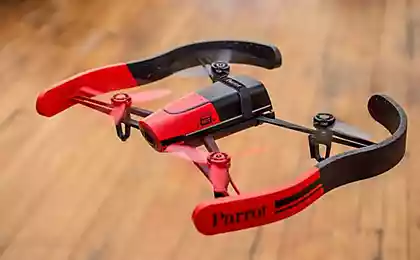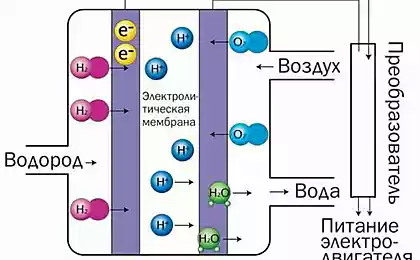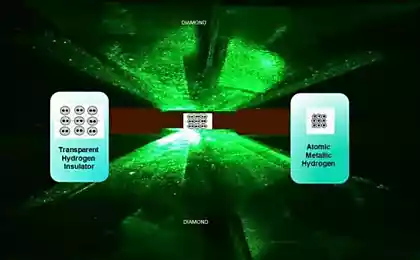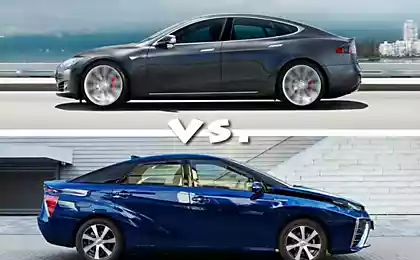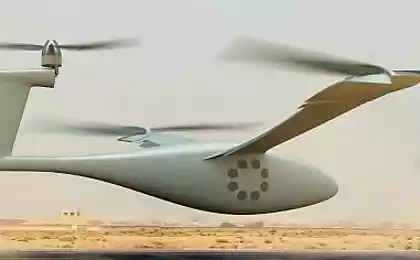479
Russian oktokopter hydrogen set a world record for flight duration
In the Moscow suburb of Chernogolovka took place tests of a new Russian quadcopter firm NELK on hydrogen-air fuel cell developed at the Institute of problems of chemical physics RAS (iphf). During the tests, the drone stayed in the air for 3 hours and 10 minutes — a new world record for duration of flight in open spaces among the multi-rotor drones.
Lots of oktokopter is 12 kg, the energy plant has a capacity of 1.3 kW, the payload is 0.5 kg.
In the laboratory Ionica solids IPF developed promising materials for a comprehensive solution of the problem of the Autonomous power supply of objects on the basis of hydrogen technologies. The development includes a materials and devices for reversible storage and long term storage of high-purity hydrogen, membrane and catalytic materials for fuel cells, the peripheral measuring device.
Among them, hydrogen-air fuel cells proton exchange membrane and special design of membrane-electrode assemblies.
The main advantages of fuel cells:
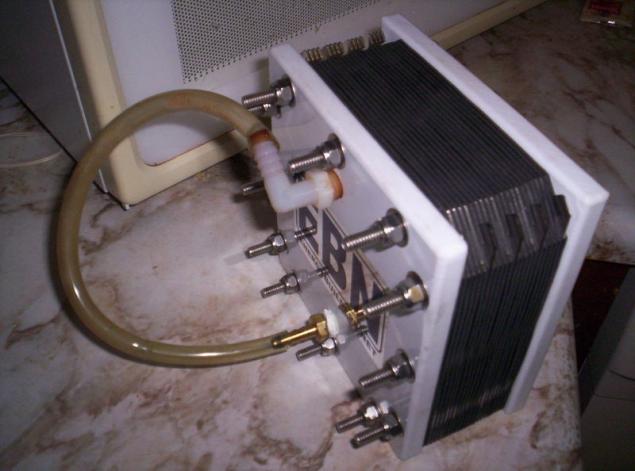
As reported, the development of innovative fuel systems for UAV made in partnership with the Central Institute of aviation motors named after P. I. Baranov (CIAM) and the United aircraft Corporation (UAC).
In creating the fuel cells was attended by OOO "at energy", OOO "AFM servers" and ZAO "Aerokon".
"A series of tests carried out in the Moscow suburb of Chernogolovka more than a year — from March 2015 to April 2016, — said the Executive Director of the company NELK Igor Vasilevsky. Hydrogen-air fuel cells domestic developments allow you to make a record RAID in the conditions of cold Russian winters, and high humidity."
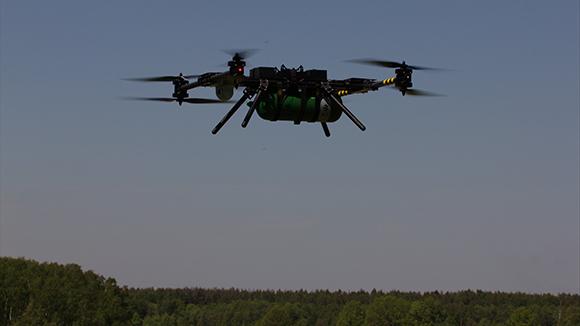
The absolute world record for the longest continuous flight for multirotor drone belongs to the canadian company EnergyOr. In June 2015 her copter hydrogen fuel stayed in the air for 3 hours, 43 minutes and 48 seconds. But the record was set in the hangar, the copter did not fly, and only pulled away from the surface and a half meters and hovered.
In contrast, test oktokopter NELK was carried out under the open sky.
"The copter was flying in conditions of gusty winds and sometimes rain, — said the head of the laboratory Ionica solids IPCP Yuri Dobrovolsky. As they changed flight modes — autopilot and managed copter to change the height and transmit to earth pictures and videos. But in greenhouse conditions it was supposed to fly, according to our calculations, about 4 hours and 20 minutes."
Experts believe that the creation of a fuel cell of such high capacity "an important step not only for unmanned aviation and other industries — robotics, automotive, communication and communication." published
P. S. And remember, only by changing their consumption — together we change the world! ©
Join us in Facebook , Vkontakte, Odnoklassniki
Source: geektimes.ru/post/274755/
Lots of oktokopter is 12 kg, the energy plant has a capacity of 1.3 kW, the payload is 0.5 kg.
In the laboratory Ionica solids IPF developed promising materials for a comprehensive solution of the problem of the Autonomous power supply of objects on the basis of hydrogen technologies. The development includes a materials and devices for reversible storage and long term storage of high-purity hydrogen, membrane and catalytic materials for fuel cells, the peripheral measuring device.
Among them, hydrogen-air fuel cells proton exchange membrane and special design of membrane-electrode assemblies.
The main advantages of fuel cells:
- work in natural earth conditions without hydro/temperature control;
- run from -40°C without electric heating;
- can withstand more than 10 000 spins with freezing temperatures;
- high efficiency, low heat;
- reliability, long service life.

As reported, the development of innovative fuel systems for UAV made in partnership with the Central Institute of aviation motors named after P. I. Baranov (CIAM) and the United aircraft Corporation (UAC).
In creating the fuel cells was attended by OOO "at energy", OOO "AFM servers" and ZAO "Aerokon".
"A series of tests carried out in the Moscow suburb of Chernogolovka more than a year — from March 2015 to April 2016, — said the Executive Director of the company NELK Igor Vasilevsky. Hydrogen-air fuel cells domestic developments allow you to make a record RAID in the conditions of cold Russian winters, and high humidity."

The absolute world record for the longest continuous flight for multirotor drone belongs to the canadian company EnergyOr. In June 2015 her copter hydrogen fuel stayed in the air for 3 hours, 43 minutes and 48 seconds. But the record was set in the hangar, the copter did not fly, and only pulled away from the surface and a half meters and hovered.
In contrast, test oktokopter NELK was carried out under the open sky.
"The copter was flying in conditions of gusty winds and sometimes rain, — said the head of the laboratory Ionica solids IPCP Yuri Dobrovolsky. As they changed flight modes — autopilot and managed copter to change the height and transmit to earth pictures and videos. But in greenhouse conditions it was supposed to fly, according to our calculations, about 4 hours and 20 minutes."
Experts believe that the creation of a fuel cell of such high capacity "an important step not only for unmanned aviation and other industries — robotics, automotive, communication and communication." published
P. S. And remember, only by changing their consumption — together we change the world! ©
Join us in Facebook , Vkontakte, Odnoklassniki
Source: geektimes.ru/post/274755/
How to make a greenhouse in a barrel with your hands
2m technique — how to quickly parse a list of urgent things


